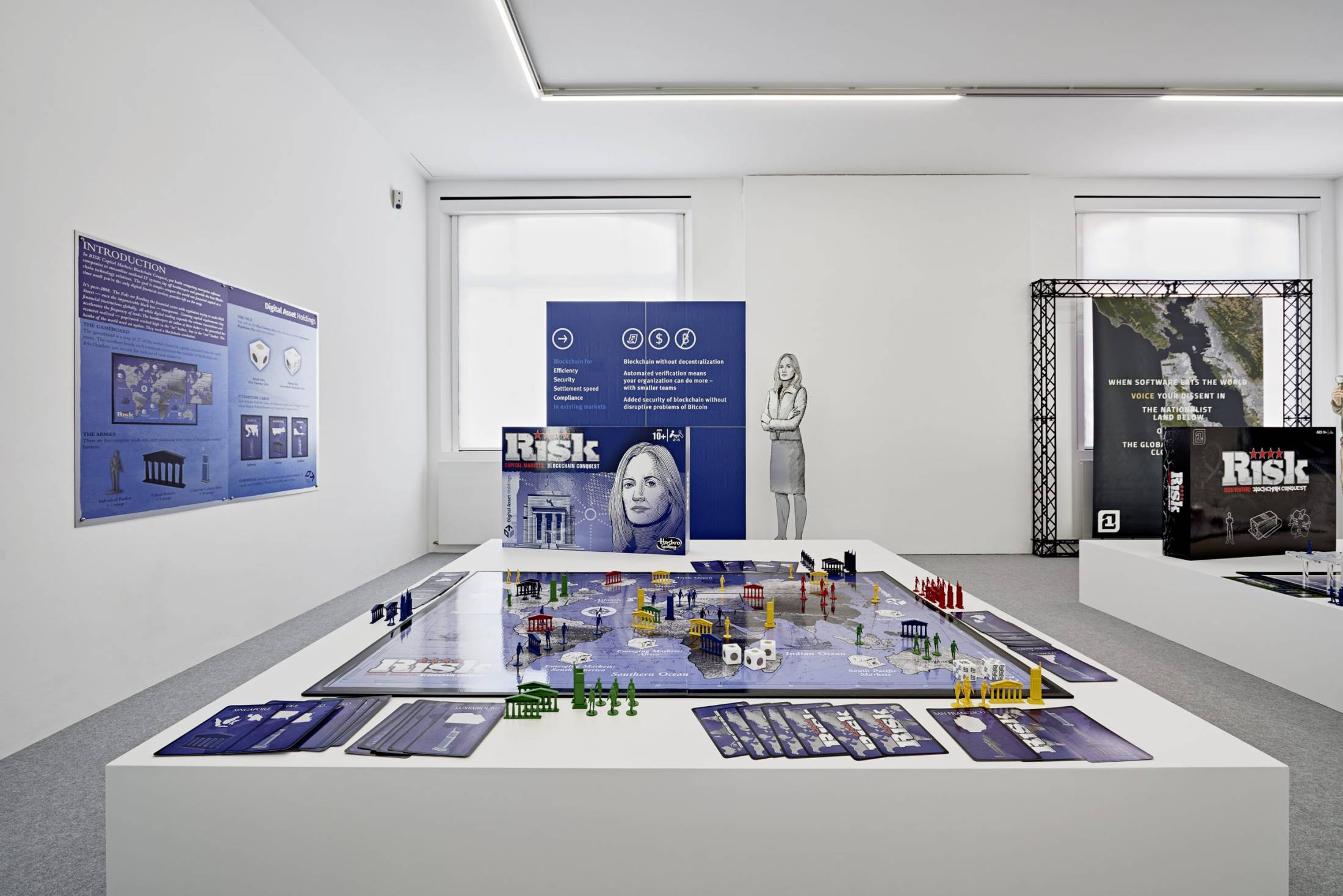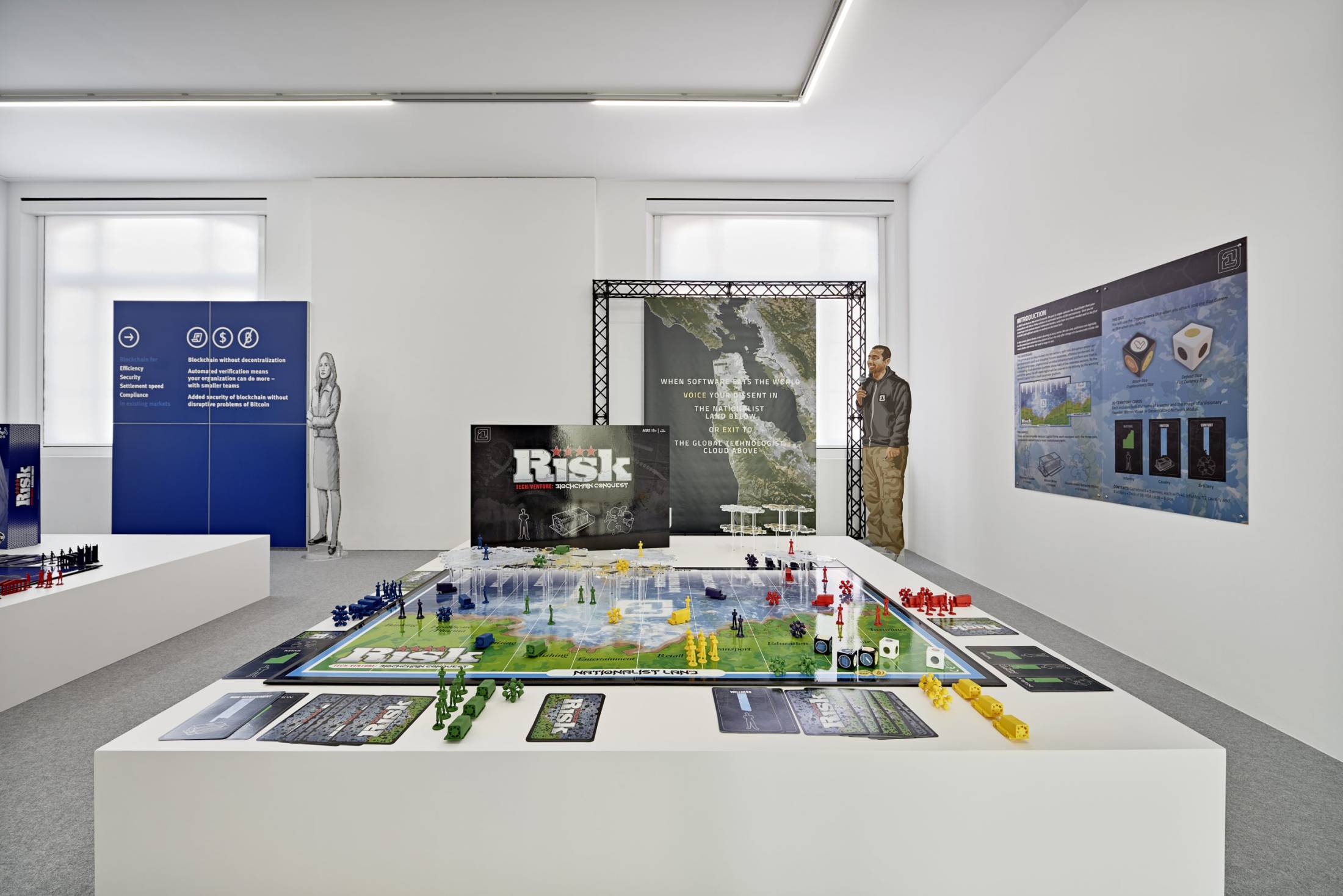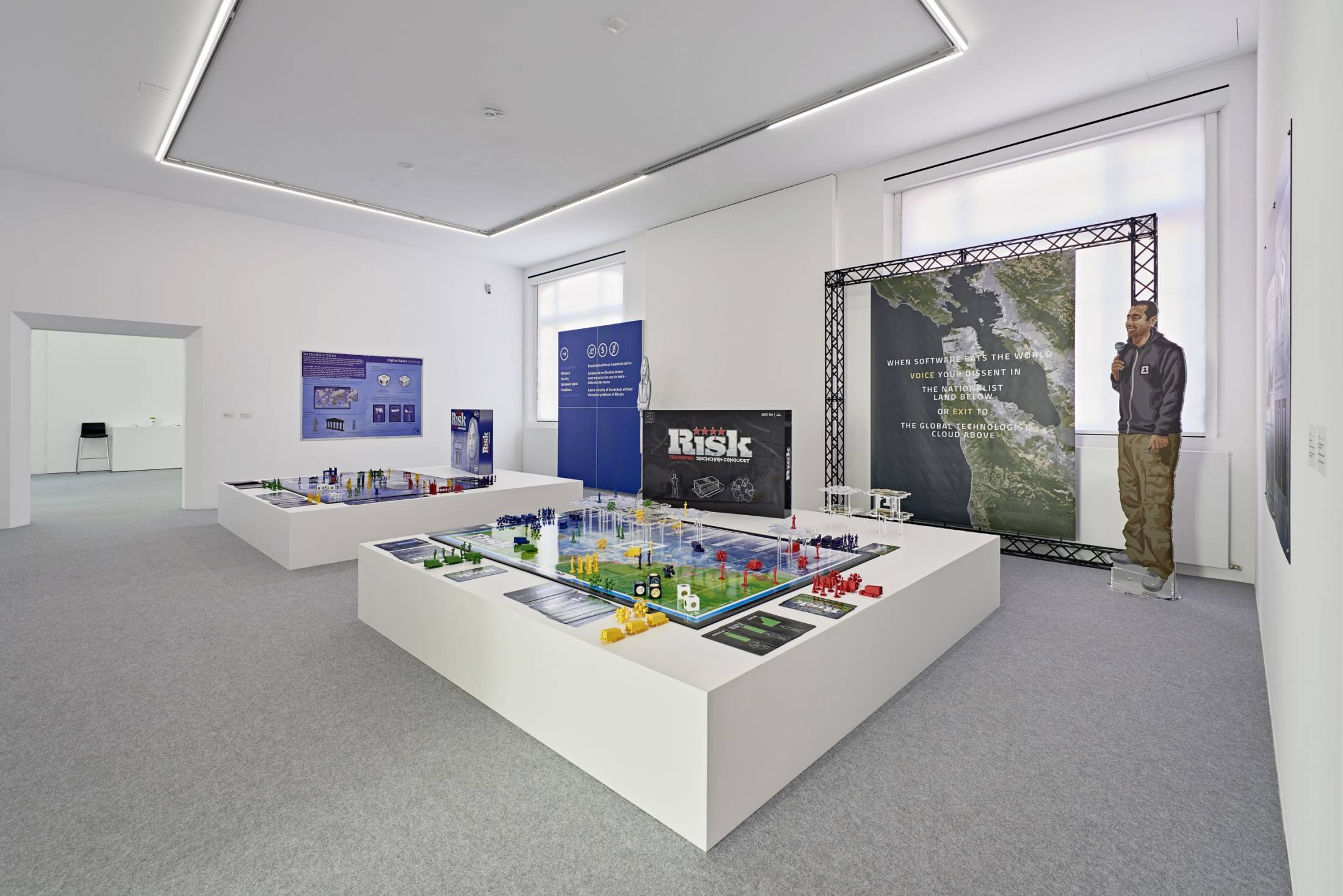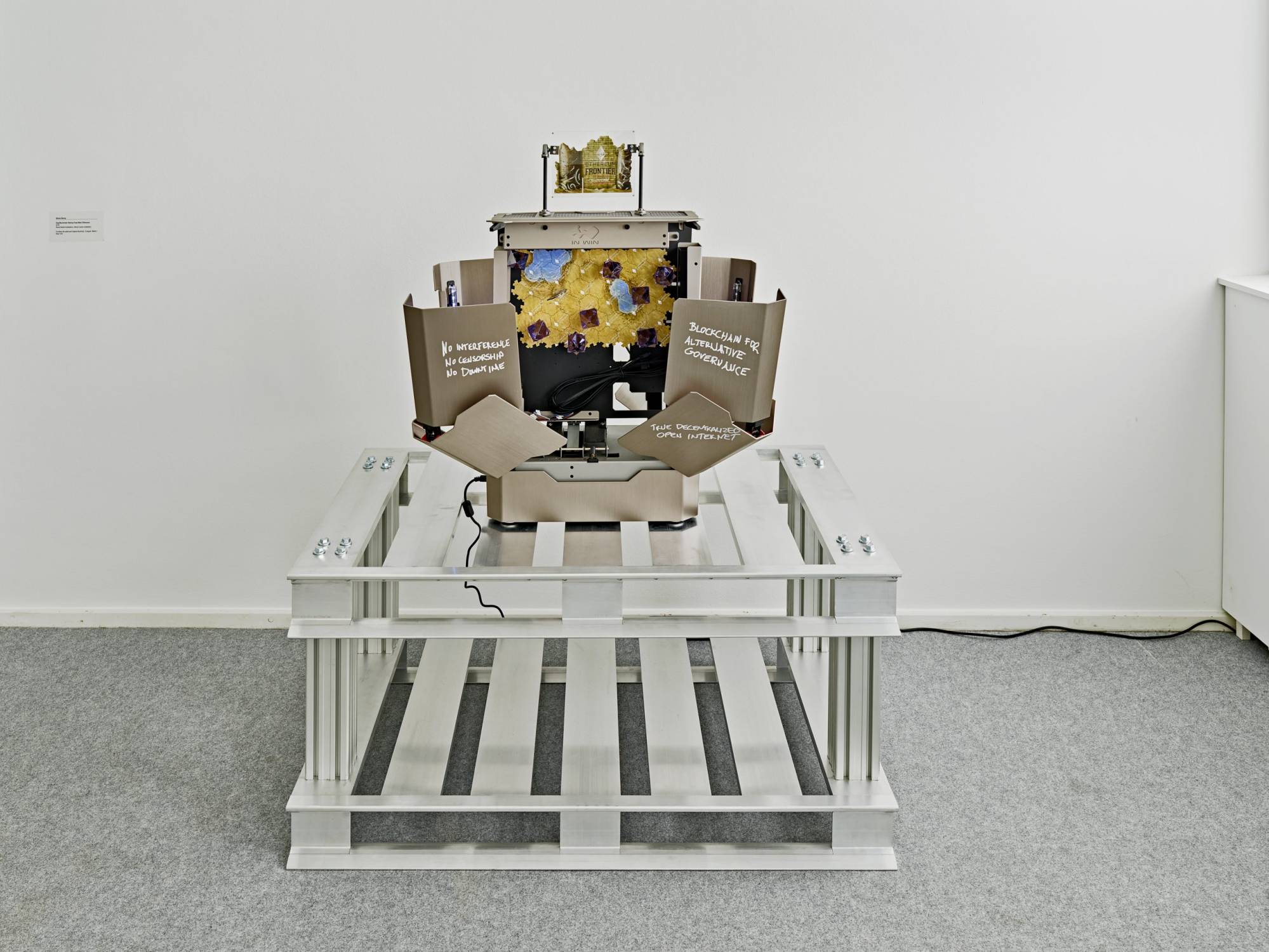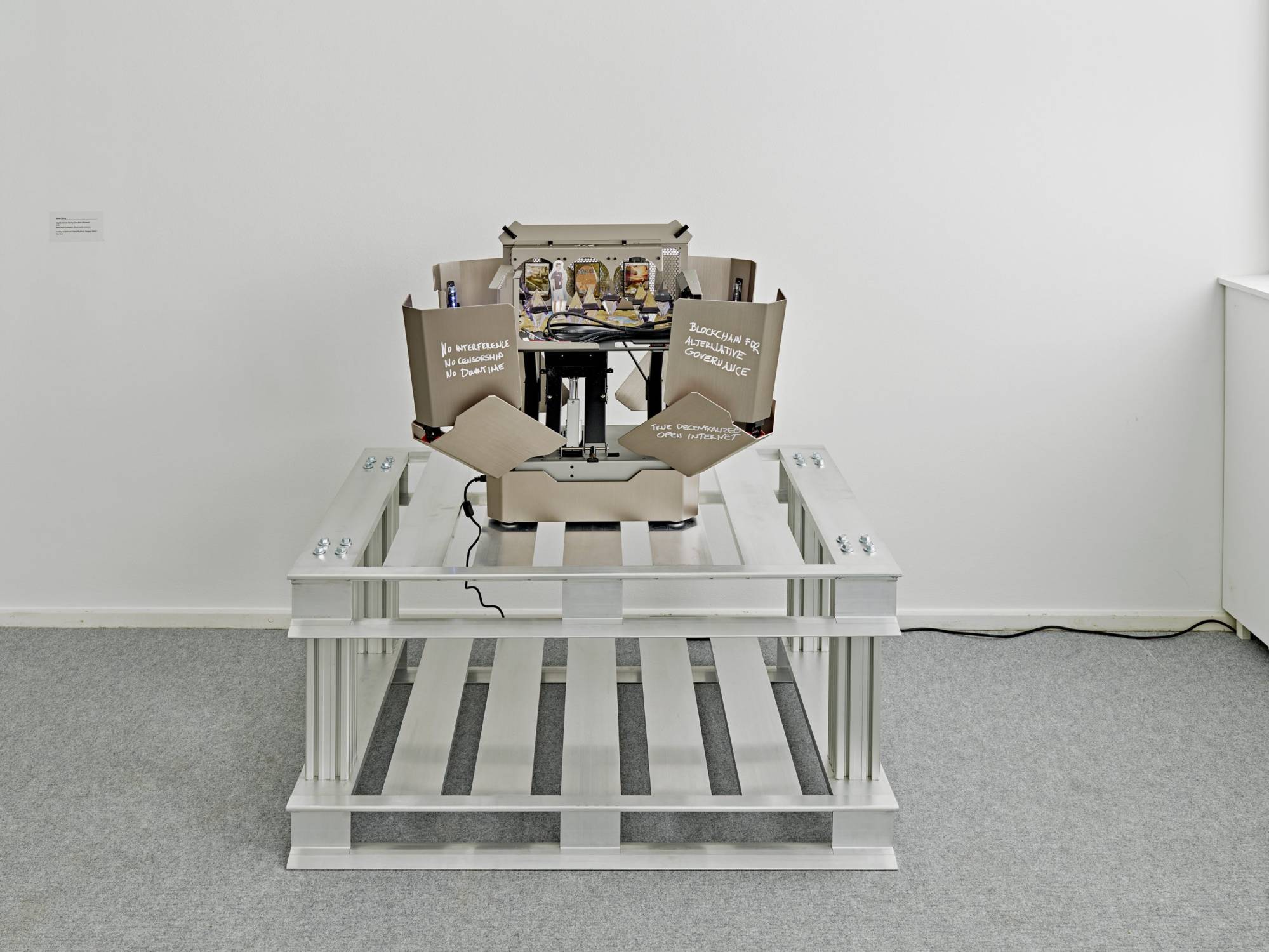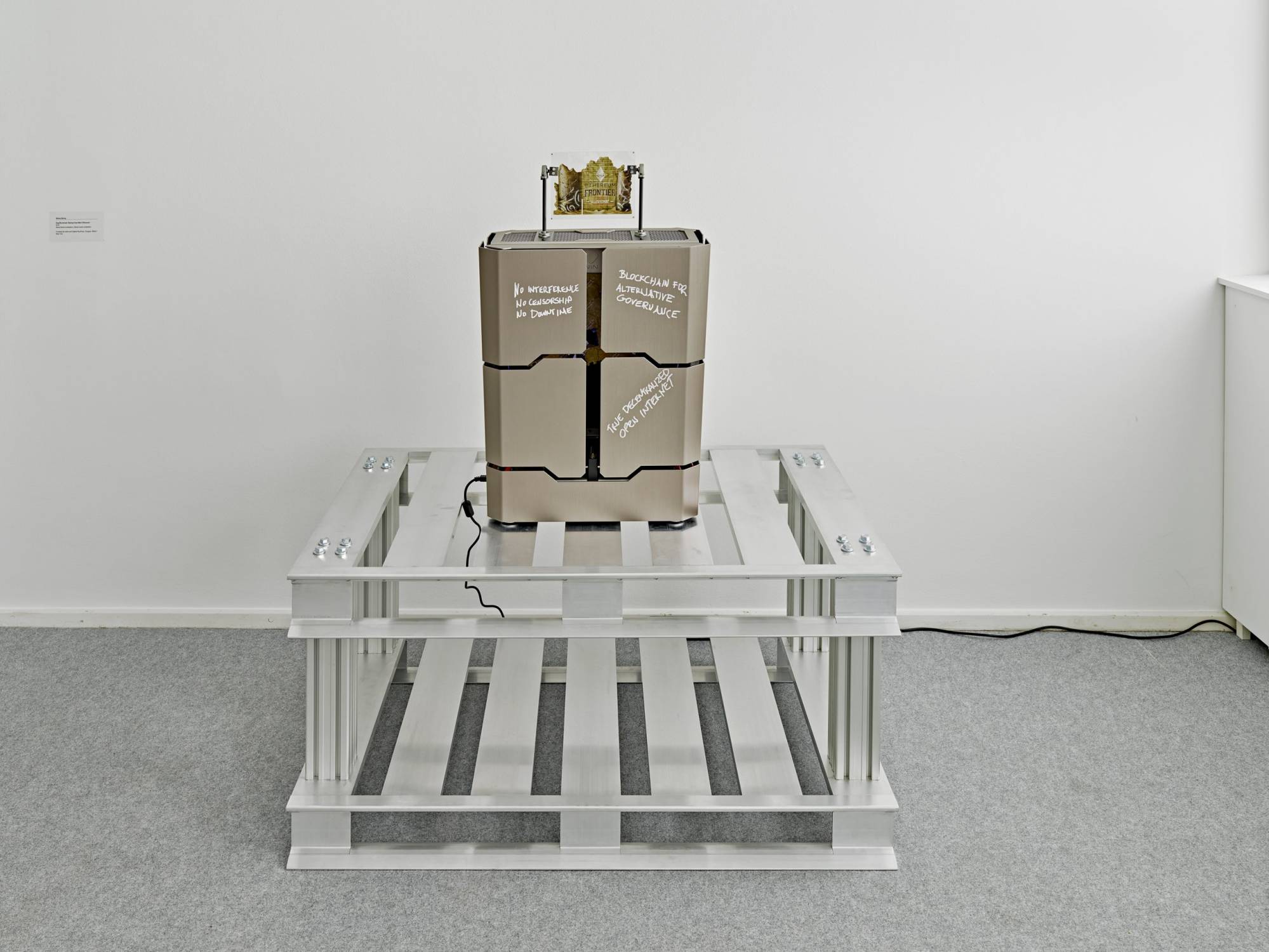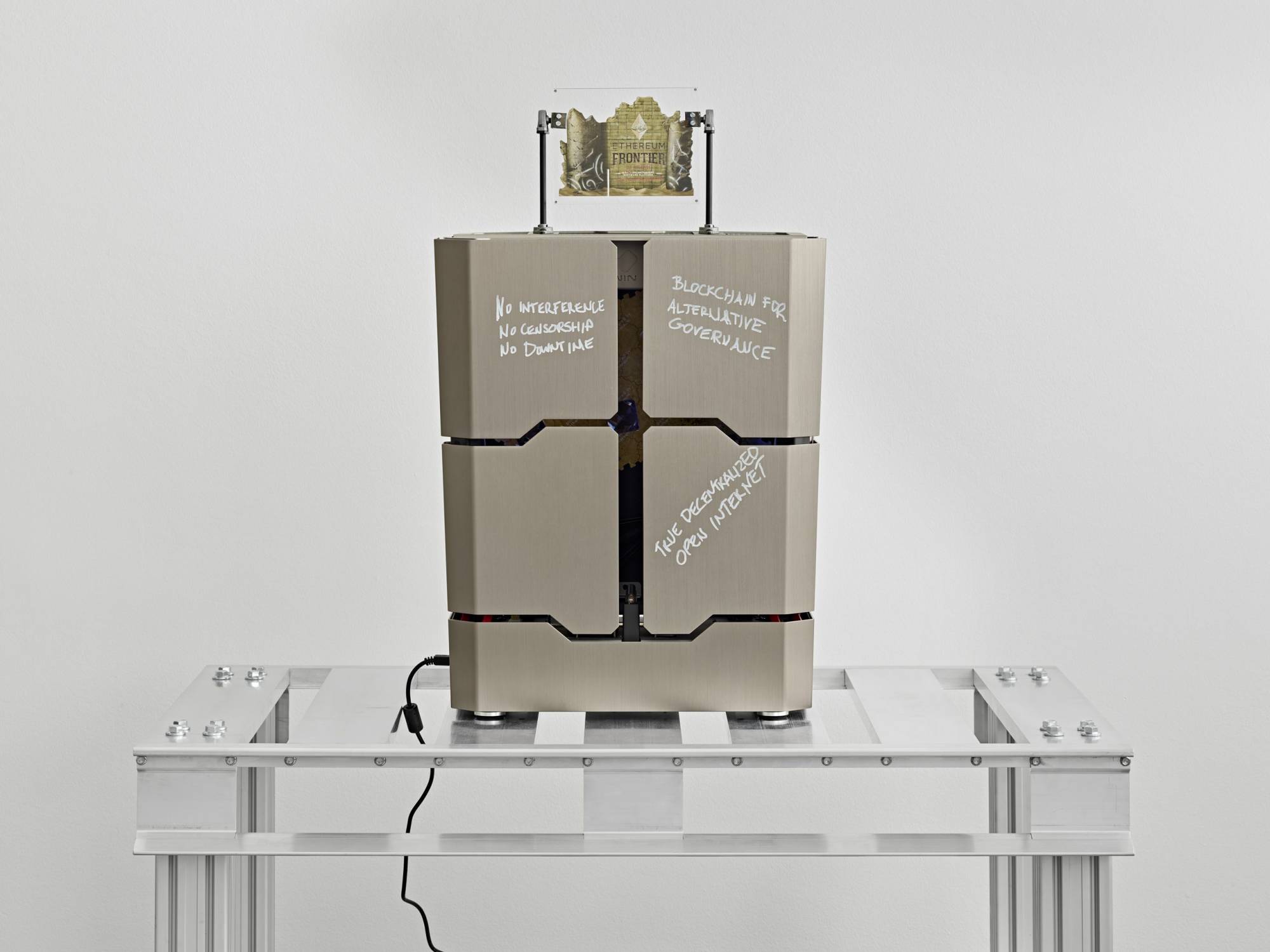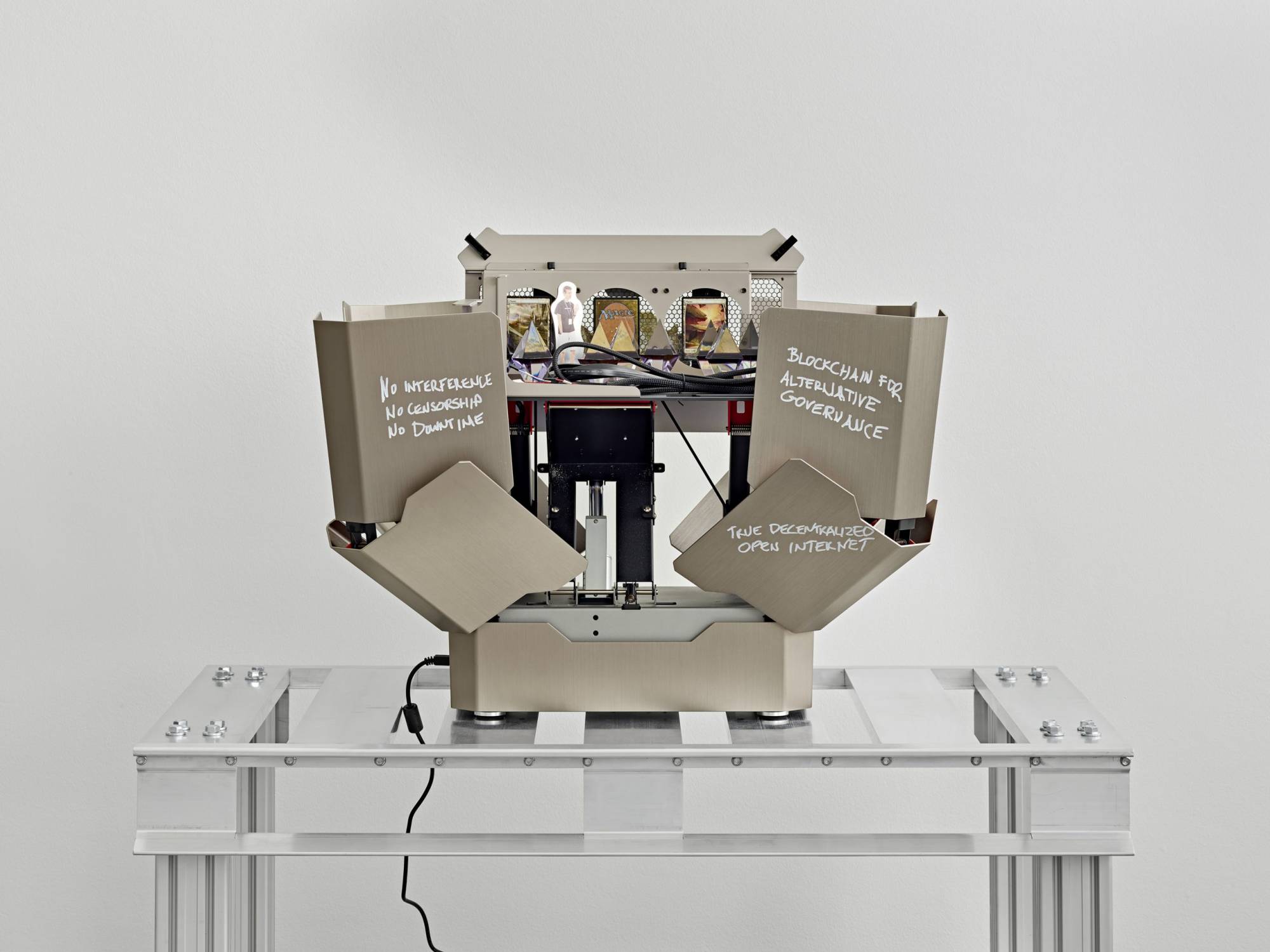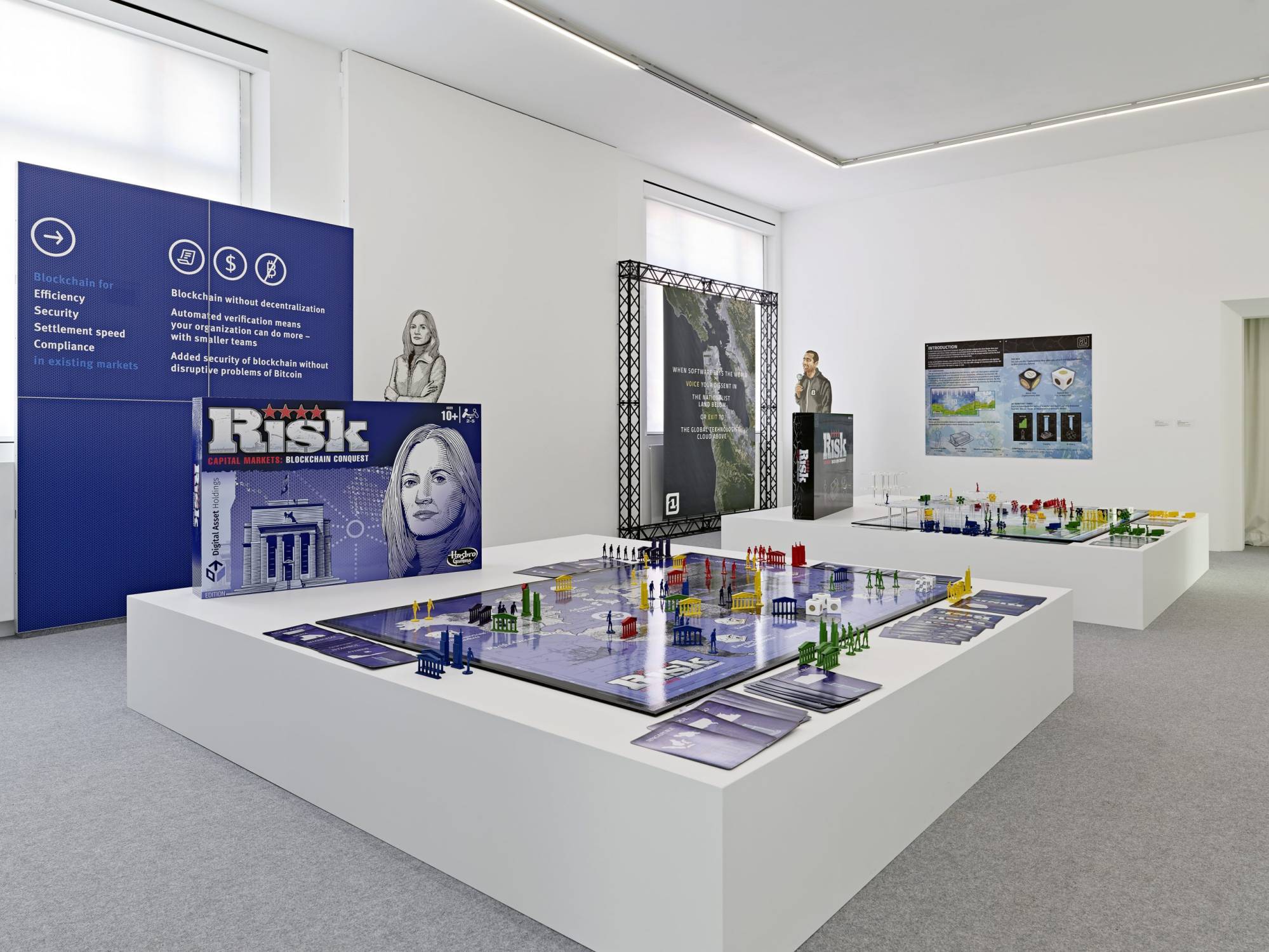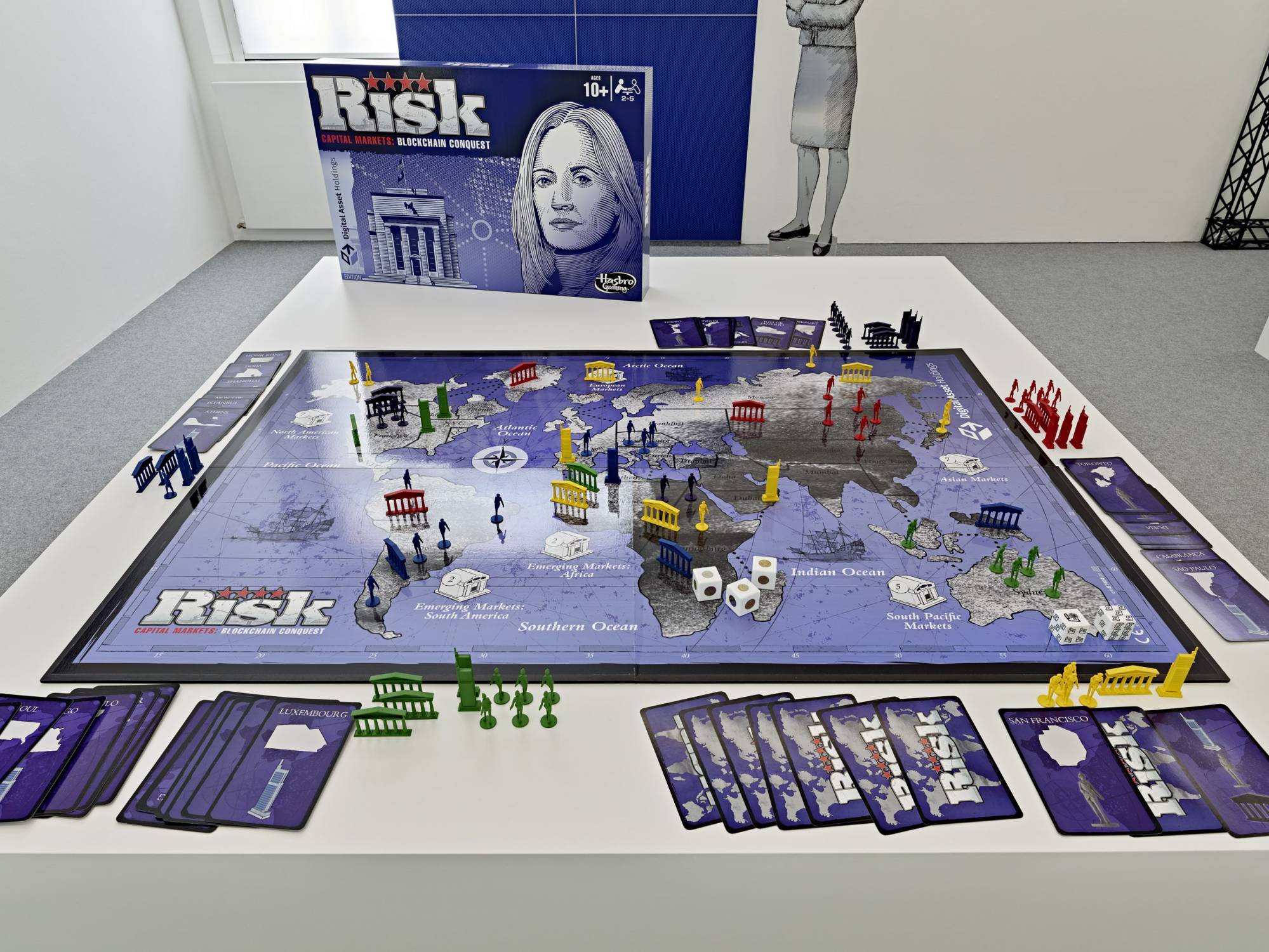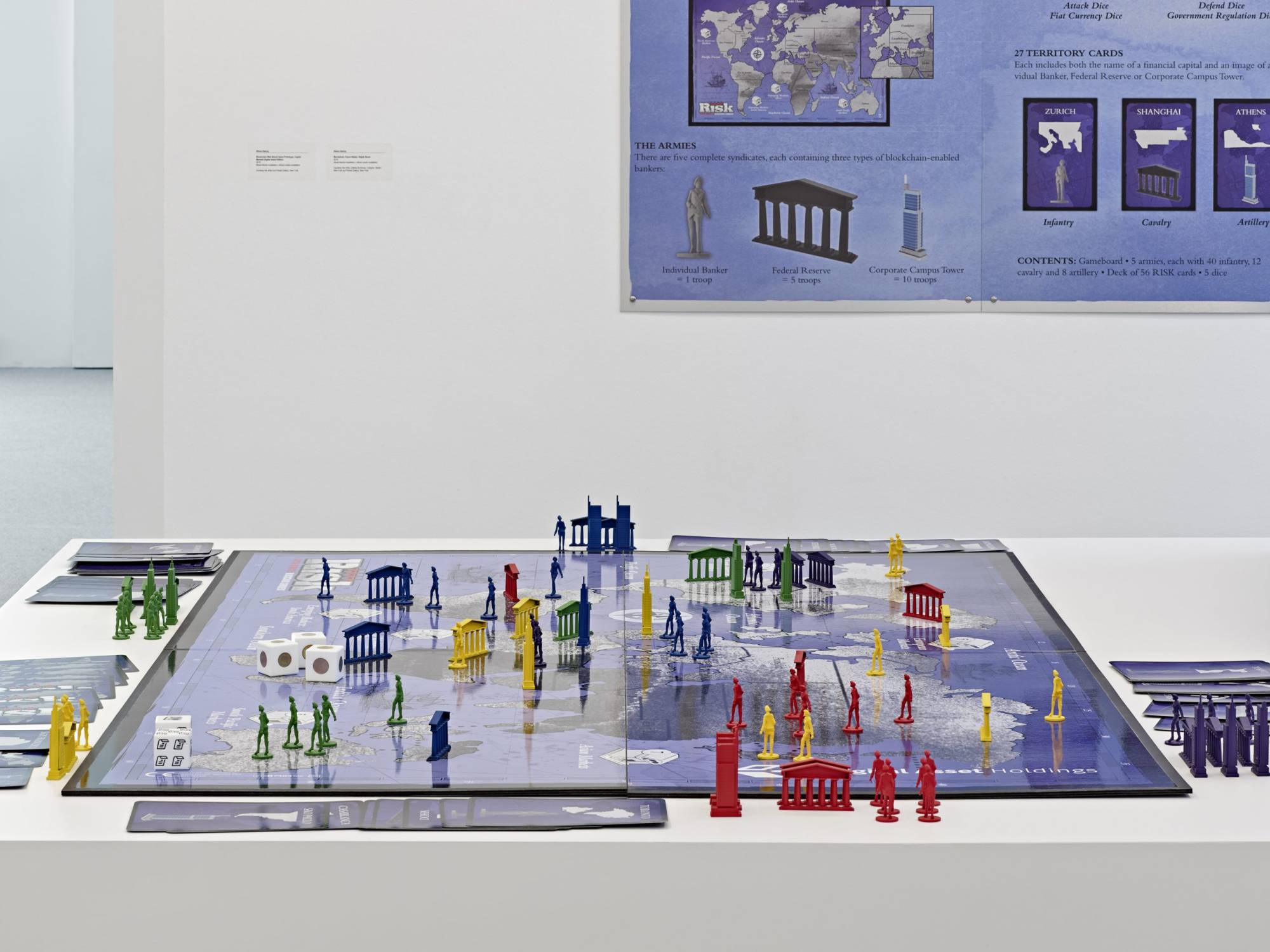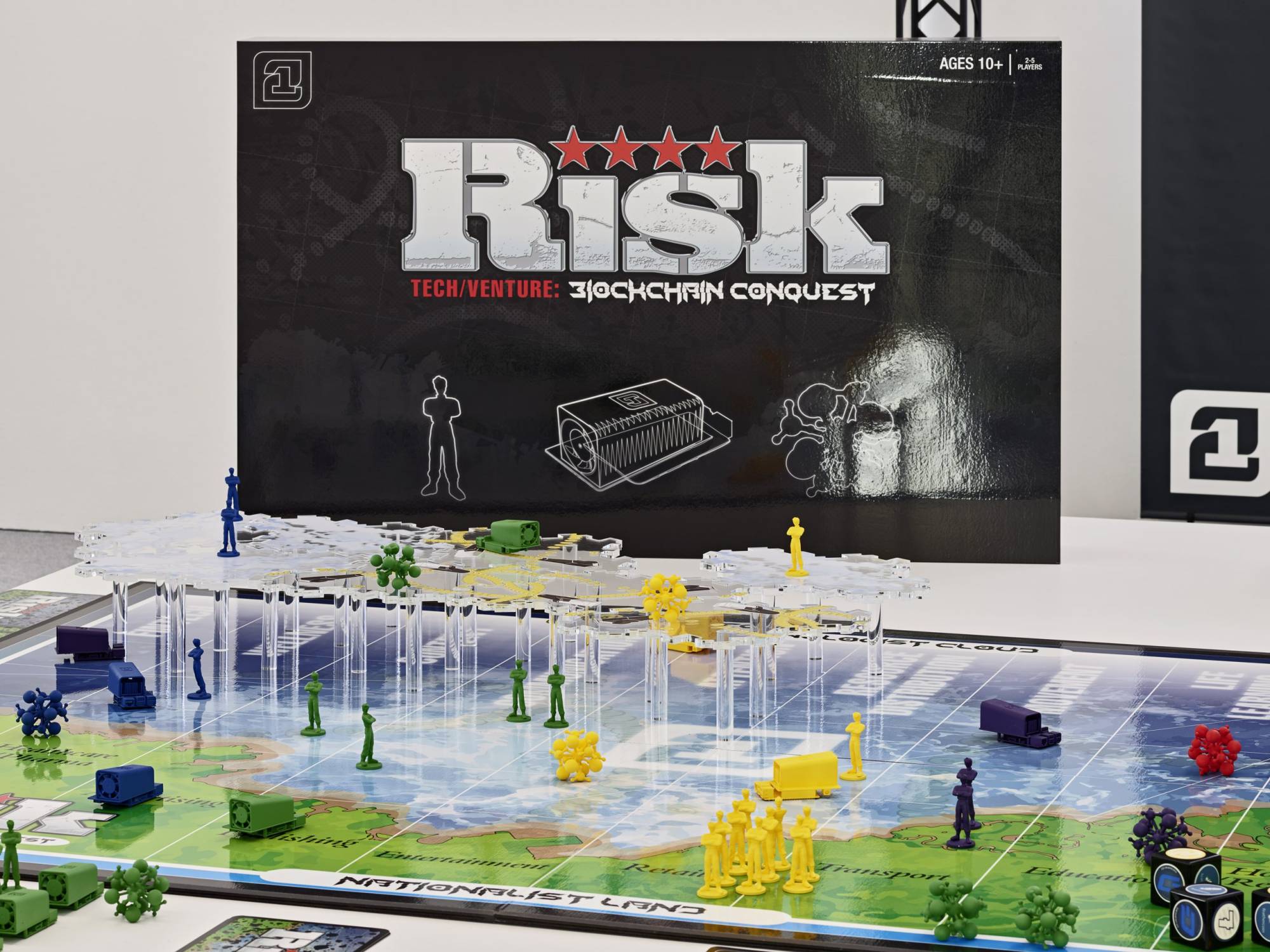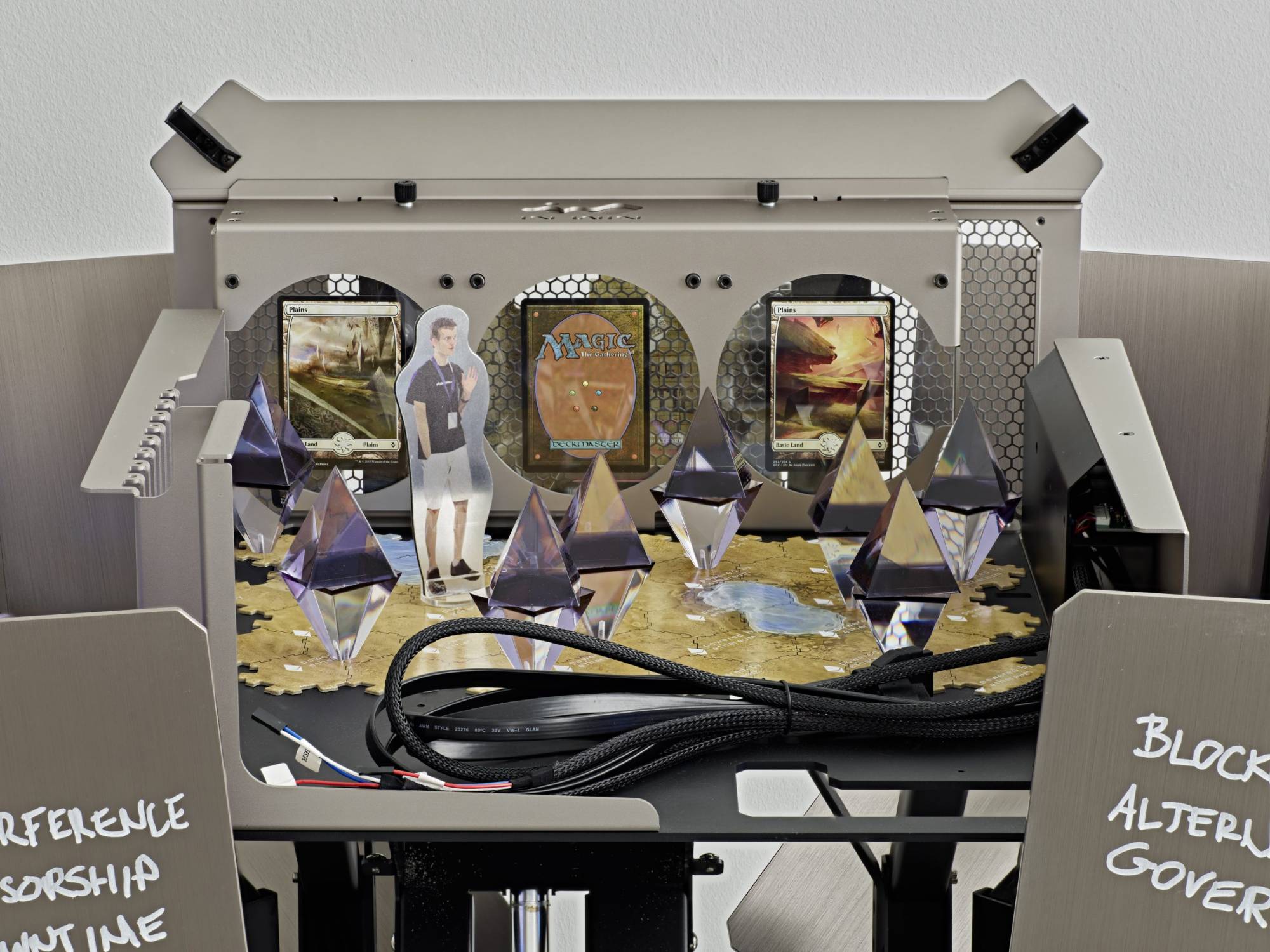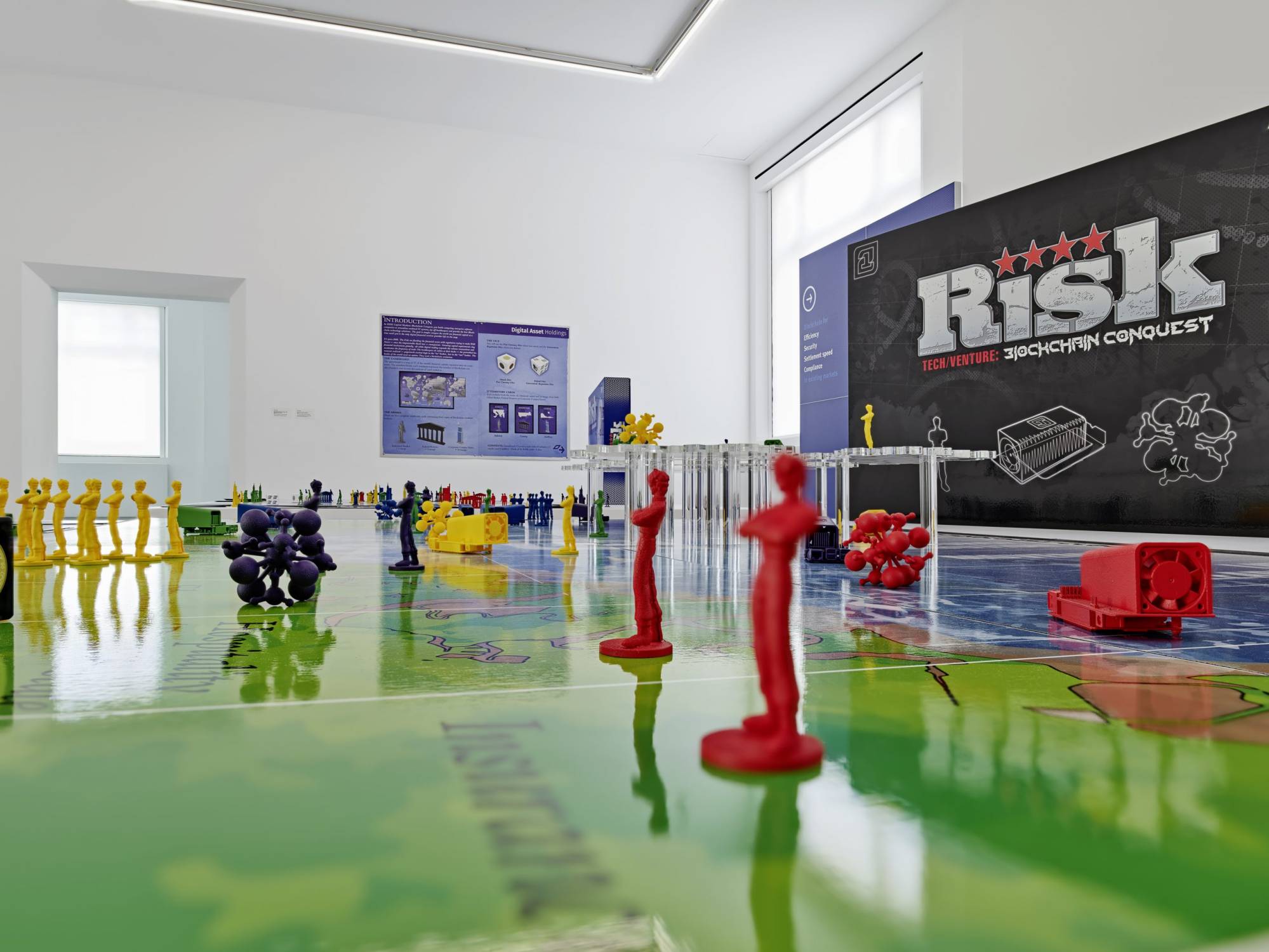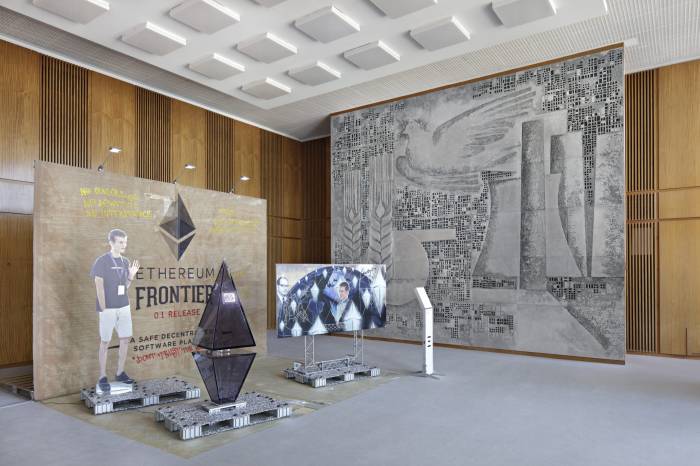Installation view Your North is my South; .
Photo by Bernahrd Strauss.
Courtesy of the artist, Galerie Buchholz Berlin/Cologne/New York and Petzel Gallery, New York.
Installation view Your North is my South; .
Photo by Bernahrd Strauss.
Courtesy of the artist, Galerie Buchholz Berlin/Cologne/New York and Petzel Gallery, New York.
Installation view Your North is my South; .
Photo by Bernahrd Strauss.
Courtesy of the artist, Galerie Buchholz Berlin/Cologne/New York and Petzel Gallery, New York.
Installation view Your North is my South; .
Photo by Bernahrd Strauss.
Courtesy of the artist, Galerie Buchholz Berlin/Cologne/New York and Petzel Gallery, New York.
Installation view Your North is my South; .
Photo by Bernahrd Strauss.
Courtesy of the artist, Galerie Buchholz Berlin/Cologne/New York and Petzel Gallery, New York.
Installation view Your North is my South; .
Photo by Bernahrd Strauss.
Courtesy of the artist, Galerie Buchholz Berlin/Cologne/New York and Petzel Gallery, New York.
Installation view Your North is my South; .
Photo by Bernahrd Strauss.
Courtesy of the artist, Galerie Buchholz Berlin/Cologne/New York and Petzel Gallery, New York.
Installation view Your North is my South; .
Photo by Bernahrd Strauss.
Courtesy of the artist, Galerie Buchholz Berlin/Cologne/New York and Petzel Gallery, New York.
Installation view Your North is my South; .
Photo by Bernahrd Strauss.
Courtesy of the artist, Galerie Buchholz Berlin/Cologne/New York and Petzel Gallery, New York.
Installation view Your North is my South; .
Photo by Bernahrd Strauss.
Courtesy of the artist, Galerie Buchholz Berlin/Cologne/New York and Petzel Gallery, New York.
Installation view Your North is my South; .
Photo by Bernahrd Strauss.
Courtesy of the artist, Galerie Buchholz Berlin/Cologne/New York and Petzel Gallery, New York.
Installation view Your North is my South; .
Photo by Bernahrd Strauss.
Courtesy of the artist, Galerie Buchholz Berlin/Cologne/New York and Petzel Gallery, New York.
Installation view Your North is my South; .
Photo by Bernahrd Strauss.
Courtesy of the artist, Galerie Buchholz Berlin/Cologne/New York and Petzel Gallery, New York.
Installation view Your North is my South; .
Photo by Bernahrd Strauss.
Courtesy of the artist, Galerie Buchholz Berlin/Cologne/New York and Petzel Gallery, New York.
Museum für Neue Kunst, Freiberg, 2018:
A number of young, international artists from Canada, New Zealand, Pakistan and South Africa, among other countries, are guesting at the Museum für Neue Kunst. Their work veritably abducts us into virtual realms as it explores the influence of this space on our perception. In order to do this, the artists deploy the most up-to-date technology, such as HoloLens and Oculus Rift.
Holograms tell stories. Feeds from the messenger service Twitter are relayed in real time and turned into pictograms – the global stream of information as a deluge of images. The artists design a utopian vision of a stateless, nationless world, questioning the value of relationships in the Tinder era, or observing our general state of disorientation despite the benefits of Google Earth and Street View.
In a joint exhibition project, the Museum für Neue Kunst in Freiburg and La Kunsthalle – Centre d’art contemporain Mulhouse investigate how spaces influence our perception. Freiburg focuses upon places that do not have a geographical location, such as virtual space. For a large section of the world’s population navigates the Internet on a daily basis. The net enables global activity and communication. Information passes across national borders with infinitesimal speed. But what does this “virgin soil” actually look like? What kind of power can be wielded through it? And what consequences will it have for reality?
From September, the Kunsthalle Mulhouse will focus primarily on geographical aspects: Freiburg im Breisgau and its French neighbour are situated on the 47th parallel north, only 47 kilometres apart as the crow flies. Yet in spite of their physical proximity, there are significant differences between the two cities. Whereas Freiburg is considered to be a southern German city enjoying a milder climate, Mulhouse is situated in the north of France and is, therefore, perceived by the French to be a cooler region in general. The actual location of a place within its national borders has thus a decisive influence upon the way we perceive it.
With: Maximilian Arnold | Patrick Alan Banfield | Michael Bielicky & Kamila B. Richter | Simon Denny | Tobias Donat | Louise Drulhe | Asad J. Malik | Jon Rafman | Carly Whitaker
